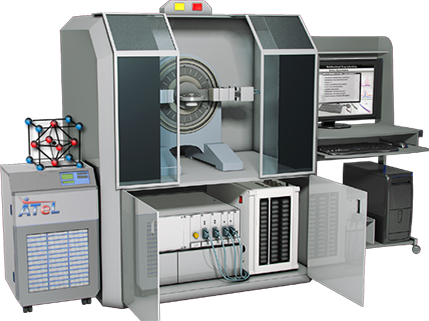The Virtual Web-accessible X-ray Laboratory (ATeL-XRL) is being developed to address the
challenges and demands of traditional, distance and blended education and satisfies learning habits of today's students. Using virtual X-ray equipment and cyberinfrastructure, students are able to perform authentic X-ray laboratory assignments online. ATeL-XRL provides students with opportunities to practice concepts, tasks, and equipment operation in a manner that often cannot be achieved using physical equipment.
The ATeL-XRL may prepare students to efficient hands-on practice in actual laboratories or substitute physical equipment in a crisis situation, like COVID-19 pandemic, or when the equipment is inaccessible because of various reasons.
The ATeL-XRL virtual equipment realistically imitates the functionality and design of actual X-ray equipment and includes educational analytical software, as well as a wide variety of supplemental educational resources. Virtual data, acquired in the experiments, can be exported to popular analytical software packages.






